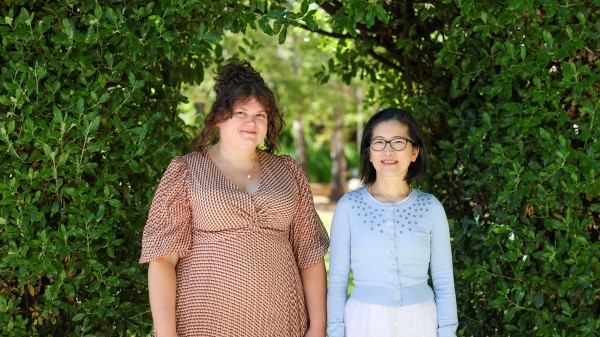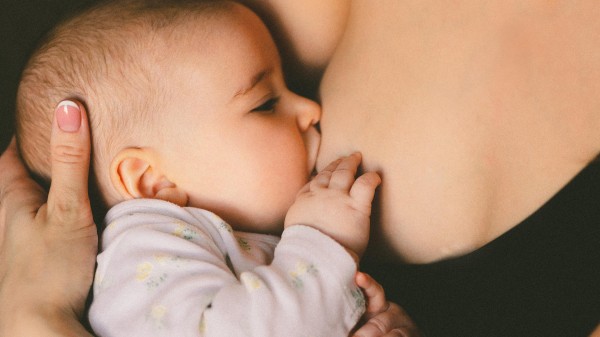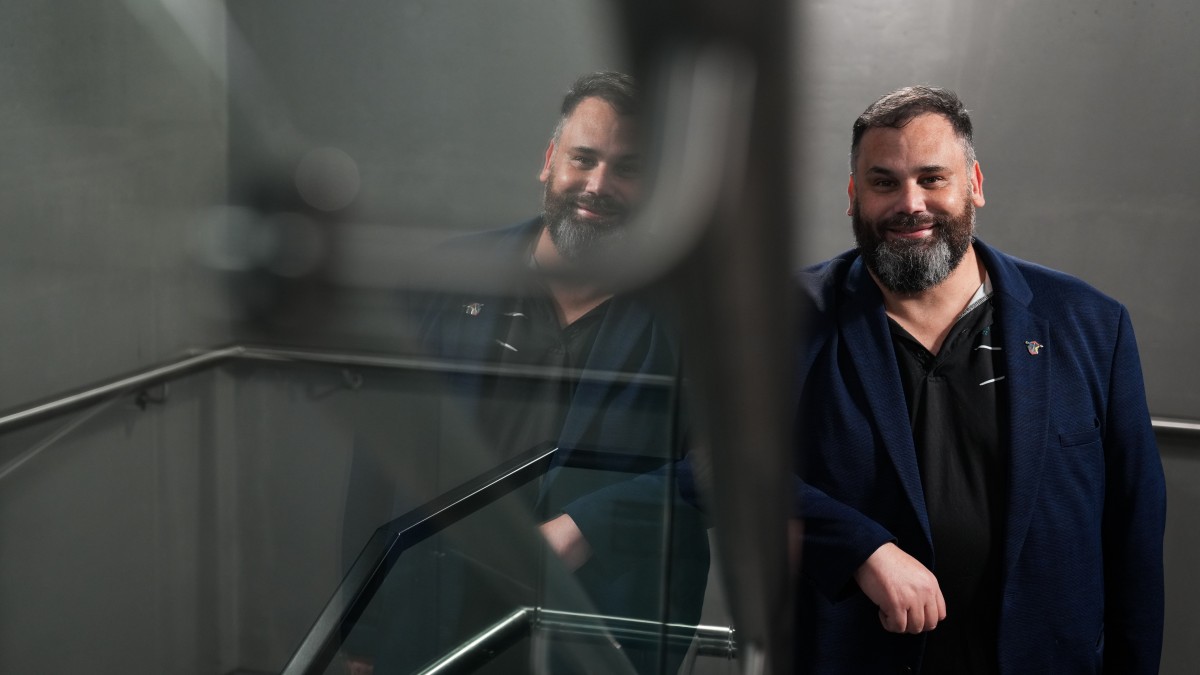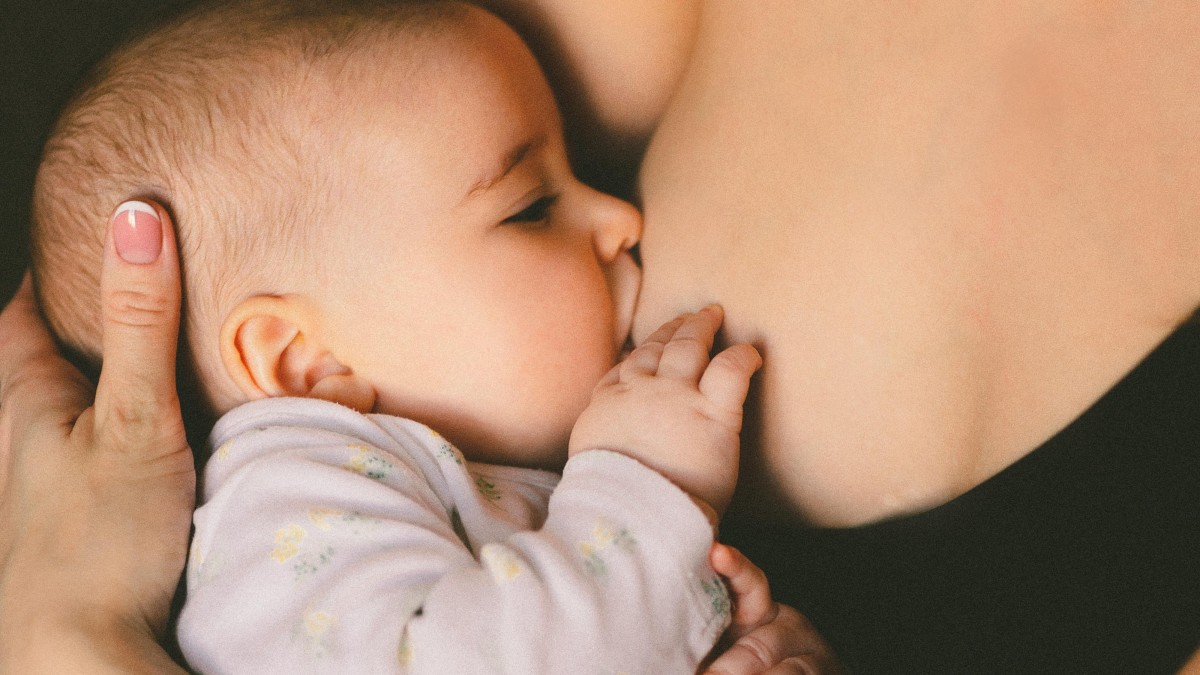For Australians who love to explore, a trip to space is the ultimate gift. Advances in space technology mean space travel will become more common for tourists as spaceflight passengers and for people looking to set up bases to explore the Moon and Mars.
But can we study how space tourists, potentially with age and lifestyle-related chronic conditions will fare in space now? Director of the Australian National University (ANU) Institute for Space, Prof Anna Moore, asks Dr Lex van Loon of the ANU College of Health and Medicine, a top technical physician with experience in modelling, simulation and software development what is possible today, on Earth.
Before every space flight, passengers will need to be assessed for ‘fitness to fly’. What is that?
Right now, astronauts are the only people going into space. They train to become physically fit for space and the specific expected time they will live in microgravity. They train for years so that their strength and endurance is excellent.
Space tourism is not ‘if’, it’s ‘when’. We will have people with imperfect health who want to go to space. They will need to be assessed by healthcare providers who specialise in rapid and accurate space diagnoses to make sure that are fit to fly.
We are beginning to develop organ and organ system-level modelling and simulation tools that can assist healthcare providers better assess the fitness to fly of prospective space travellers. This means that we begin to adapt mathematical models of Earth-based cardiopulmonary physiology to the extra-terrestrial space. This will allow us to predict the risk of travel for each individual and help healthcare providers give health-specific advice to passengers on commercial, tourist spacecraft.
It will help ensure that people who want to fly to space can, with the lowest possible risk.
One of the ways you propose to make this a reality on Earth is building models using ‘digital twins’. What is a digital twin?
It is essentially like creating a backup of a person’s physical state before a procedure. It uses real-world data to create simulations to better understand how the real human body will react to situations, climates and different levels of microgravity. Individual physical attributes of humans are paired with mathematical models that dynamically reflect changing environments.
We would start with a general model of human physiology and simulate the influence of microgravity in young, healthy passengers. Eventually, we would create twins for many different scenarios, ages, genders and even chronic health issues. In the end, we can make risk assessments for different categories of simulated passengers and advise on ways to recognize and minimize risk during space travel.
Because we want to work on this now, on Earth, it is possible to personalize these mathematical models by using deep-learning algorithms that eventually will lead to a better understanding of individual passengers’ safety in space.
How soon will we start to see these models in use, ensuring space flight safety for everyday passengers?
We are already beginning to simulate orbital flight and re-entry conditions on individual profiles to gauge fitness to fly. By developing organ system modelling and simulation tools, covering effects of microgravity, we should be able to start using these technologies for rapid assessment of prospective traveller fitness within the next few years.
This modelling will also help to guide insurance practices around space travel and has implications on Earth too. Healthcare professionals in remote locations, such as rural communities or isolated drilling platforms, can use these models to make rapid and more informed choices about best practices.











